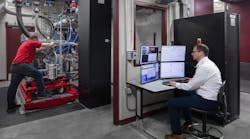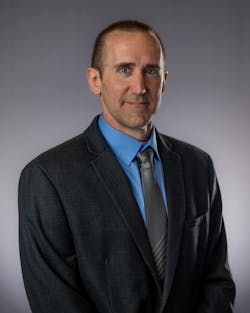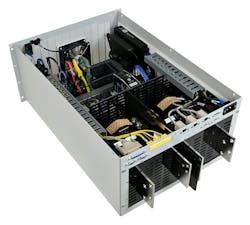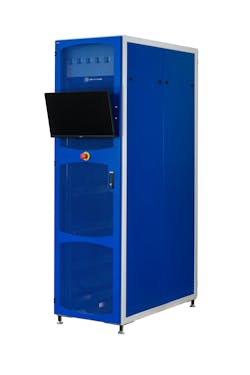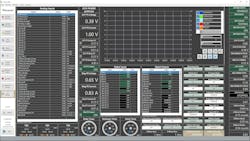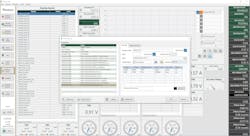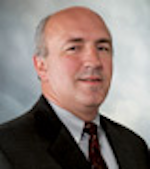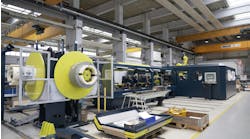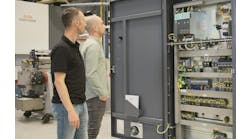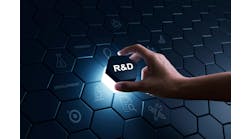Software-defined automation expands its range and penetration
Roy Krans is software development manager at ACS, a CSIA certified member of the Control System Integrators Association. Headquartered in Verona, Wisconsin, ACS specializes in equipment, testing, process systems, automation and controls. Krans shared his insights on the rise of software-defined automation.
Get your subscription to Control Design’s daily newsletter.
What is the primary focus of software-defined automation (SDA)?
Roy Krans, software development manager, ACS: SDA focuses on software-driven automation versus hardware-driven automation. This moves some or all of the automation logic to cloud or edge-based platforms versus local proprietary hardware, such as a programmable logic controller (PLC).
SDA systems have existed for some time but are now expanding their range and penetration to where even individual sensors are remote-accessible and previously test-lab-scoped systems are now accessible worldwide.
What are the primary benefits of software-defined automation?
Roy Krans, software development manager, ACS: Benefits include less reliance on proprietary hardware; enabled remote monitoring and updates; quicker deployment and updates; and support of enterprise-level machine learning, maintenance and optimizations.
How does software-defined automation figure in the convergence of IT and OT?
Roy Krans, software development manager, ACS: SDA merges IT and OT. Cloud-based and edge systems require IT infrastructure to connect to OT resources thereby mandating the convergence of these two technologies.
Which standards and protocols will be affected most or increase/decrease in use because of software-defined automation?
Roy Krans, software development manager, ACS: There are numerous OT protocols that lends themselves to machine-to-machine communication, or intranet, such as Profinet, EtherCAT, EtherNet/IP, CAN and Modbus TCP/IP.
More remote SDA systems, spanning the internet, employ IT protocols including message queuing telemetry transport (MQTT) and data distribution service (DDS).
These protocols will generally see an increase in usage as more systems move toward SDA.
Which components will see the biggest impact from software-defined automation?
Roy Krans, software development manager, ACS: Operational technology (OT) will provide increasing support for cloud-based and edge automation systems. For example, a sensor will no longer output an analog signal but provide a network-based signal. Similarly, controllers will provide remote automation and monitoring support via network-based signals.
In what ways does software-defined automation allow machine builders more flexibility in hardware selection and management?
Roy Krans, software development manager, ACS: Hardware management will be much improved as most devices will be intelligent and automatically provide a variety of status information to the automation system (Figure 1). In selecting hardware, builders will still need to be cognizant of compatibility, but that compatibility is simplified to supporting a communication protocol across all devices versus having additional hardware to support a large variety of physical signals.
How can machine builders prepare for and leverage software-defined automation?
Roy Krans, software development manager, ACS: Develop familiarity with remote protocols and standards that may be employed in SDA systems. Also, investigating currently available automation software, its capabilities and features will provide some insight into the overall power and advantages of SDA (Figure 2).
How does software-defined automation build on existing IT and network infrastructure in factories and plants?
Roy Krans, software development manager, ACS: SDA utilizes a variety of standard IT infrastructures such as Wi-Fi networks, wired networks and routers. In some cases, this infrastructure will have to be updated to accommodate the increased bandwidth and desired connectivity, but, either way, an SDA will be using off-the-shelf IT hardware to enable its connectivity.
Tell us about your company’s state-of-the-art product that involves software-defined automation.
Roy Krans, software development manager, ACS: Our software, Acselerant, provides configuration-based automation running on a Linux RT based computer. Acselerant links remote and local data sources while supporting most OT communication protocols through IT infrastructure (Figure 3).
By utilizing dynamic configuration files, Acselerant empowers users to easily reconfigure their test systems to accommodate a variety of applications. Additionally, Acselerant can be configured to support cloud-based servers to receive and send commands and data (Figure 4).
